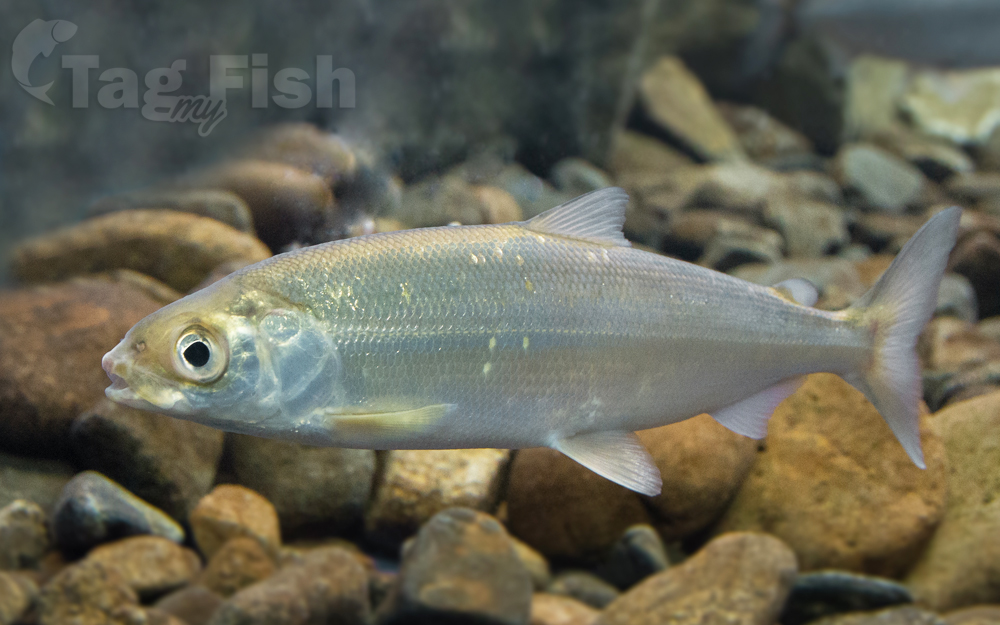Baikal omul
(Coregonus migratorius)

Classification
General data
The omul, Coregonus migratorius, also known as Baikal omul, is a whitefish species of the salmon family endemic to Lake Baikal in Siberia, Russia. It is considered a delicacy and is the object of one of the largest commercial fisheries on Lake Baikal. In 2004, it was listed in Russia as an endangered species.
The omul has traditionally been regarded as a subspecies of the Arctic cisco Coregonus autumnalis. However, recent genetic studies have shown it actually belongs to the circumpolar Coregonus lavaretus-clupeaformis complex of lake whitefishes, which also has other members in Lake Baikal, and it is now considered its own species within Coregonus.
The four or five traditionally accepted subpopulations of omul within Lake Baikal are: North Baikal, Selenga, Chivyrkui and Posolsk. These vary in size, feeding behaviors and preferred spawning habitats. The extent of their reproductive isolation is debated.
Description
The omul is a slender, pelagic fish with light silver sides and a darker back. It has small spots on its dorsal fin and larger ones on its head, a terminal mouth position and a large number of gill rakers, typical of fish that feed in the pelagic zone.
The mean size of adults is 36–38 cm and 0.6 to 0.8 kg, though the maximum reported length is 56 cm weighing about 2.5 kg.
The subpopulations on the northern end of the lake tend to be smaller.
The omul feeds primarily on zooplankton, smaller fish, and occasionally some benthic organisms. It feeds primarily in the rich pelagic zone of Lake Baikal up to 345–450 m. It is a relatively long-lived, iteroparous species that attains reproductive maturity at five to 15 years of age. The omul only enters the rivers that feed Lake Baikal to spawn, like the Selenga, initiating short spawning migrations, usually in mid-October, broadcasting 8000-30000 eggs before returning to the lake.











